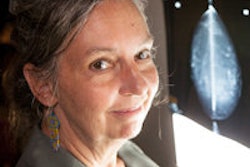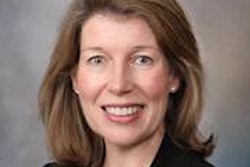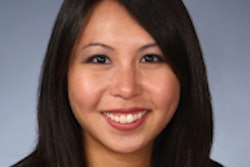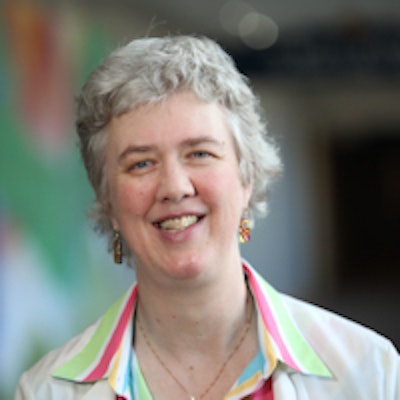
University of Pittsburgh radiologist Dr. Wendie Berg, PhD, was diagnosed with breast cancer in June 2014, after discovering that she has dense breast tissue and undergoing a breast MRI. In this article, Dr. Berg describes her personal experience and announces the launch of a new website, DenseBreast-info.org.
In January 2014, I had a normal screening mammogram and tomosynthesis, which showed heterogeneously dense breasts. Because my mother was diagnosed with breast cancer at age 55 and my paternal aunt at age 40, I knew my risk of breast cancer was higher than typical, so I plugged myself into the Tyrer-Cuzick (IBIS) model of risk. The model suggested that I had a 19.7% lifetime risk of breast cancer, due to my family history and age; because that was very close to the 20% threshold at which the American Cancer Society (ACS) recommends screening breast MR, I made a mental note to have an MRI.
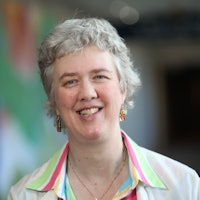 Dr. Wendie Berg, PhD, from the University of Pittsburgh.
Dr. Wendie Berg, PhD, from the University of Pittsburgh.To have a breast MR, the University of Pittsburgh Medical Center requires that a woman have a "current" mammogram -- that is, one within the past six months. I had discussed my risk level and interest in supplemental screening with my primary care physician in April, and since I was getting close to the six-month cutoff, I asked him to order the MR. I had the MRI in June, and as soon as I saw it, I knew I had cancer.
For a few months, between my work and my own diagnosis, life seemed like it was all breast cancer, all the time. Fortunately, I had a 0.9-cm estrogen receptor-positive invasive ductal cancer with negative nodes, and I mostly sailed through lumpectomy, re-excision, and a four-week course of prone radiation. I'm exercising more and am increasingly aware of trying to make every moment count.
The experience resulted in a subtle shift in my conversations with patients. When we're discussing ultrasound-guided core biopsy, I can share -- from a patient's perspective -- that it is truly easier than getting a dental filling. More than a few of my patients have commented that observing me functioning well makes it easier for them to envision themselves on the "other side of the mountain" and resuming their own normal life after treatment.
I could be proactive about my breast health because I had the information to do so, and I believe that every woman should have the information she needs to make her own informed choices. Despite the fact that 22 states now have legislation requiring density notification, there is little detailed information out there for women or their care providers about what to do about dense breasts.
Toward that end, together with JoAnn Pushkin, an advocate and co-founder of the Density Education National Survivors' Effort (DENSE); Cindy Henke-Sarmento, a technologist and entrepreneur; and an excellent team of medical content reviewers, I have helped develop a comprehensive educational website called DenseBreast-info.org.
We hope the website will help guide discussion of the important question: "I have dense breasts -- now what?"





